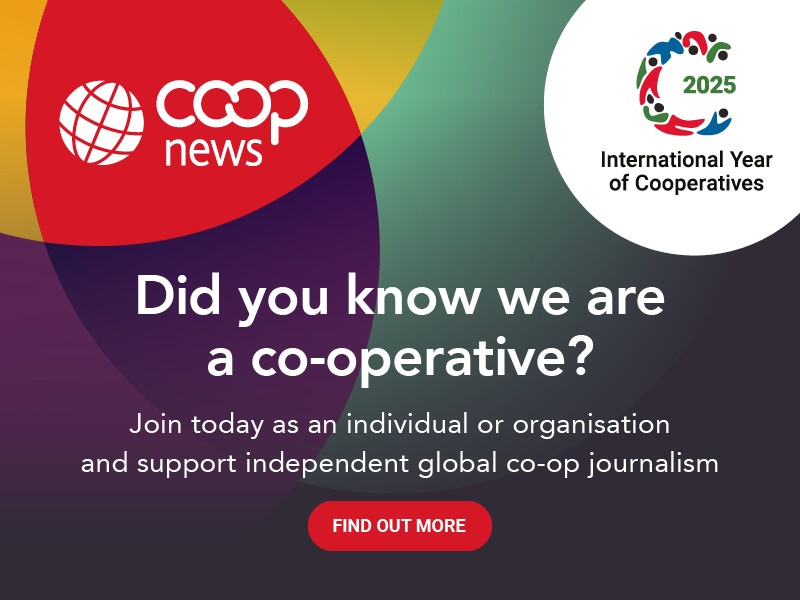Lakeland Dairies has reported a 28% increase in group annual revenues for the year ended 31 December 2017, up to €769.8m (£664.6m) from €601m in 2016.
This yielded an operating profit of €16.8m (£14.5m) (2016: €7.2m). Profit before tax was €15.9m (£13.7m) and the co-op closed the year with a 15% increase in shareholders’ funds at €117.6m.
Earnings before interest, depreciation, tax and amortisation (EBIDTA) were €32.6m (£28.15m), increasing significantly from €18.9m in 2016.
Milk volumes processed in 2017 increased to over 1.2 bn litres, reflecting ongoing expansion among Lakeland Dairies’ 2,500 milk producers and a full year of milk supply from Fane Valley Dairies, which was acquired in May 2016. The efficiencies being achieved through all operations enabled the removal of milk collection charges (cartage), with an overall reduction of costs of €5m to milk suppliers annually.
Farmer-owned Lakeland Dairies operates across 15 counties on a cross-border basis, processing milk into a wide range of value-added dairy foodservice products and food ingredients. It has a portfolio of 240 different dairy products which it exports to 80 countries worldwide.
Chief executive Michael Hanley said: “In 2017, Lakeland Dairies achieved performance improvements across all divisions of the business. Trading conditions were helped by a reduction in global milk supplies and product availability. We were able to take advantage of these conditions through our efficient processing capabilities and worldwide market presence, achieving satisfactory results.
“Our global growth has been driven by our strategy, investments, product range and the high quality output of our milk producers. While there are challenges in the global market, it is our intention to continue to drive competitiveness and overall growth, targeting opportunities across infant formulas, dairy proteins and health-related nutritional products. “
“With the investments we have made, we are now in a position to process more milk than ever before. Our five year strategic plan envisages Lakeland Dairies achieving sustainable, profitable annual revenues of over €1bn by 2021.”
Chairman Alo Duffy said: “Lakeland Dairies is growing and well positioned for future developments that will benefit our milk producers. Supplier research undertaken in 2017 indicates that our milk producers will continue to expand output by 4-5% annually over the next five years. We also welcomed 30 new entrants to milk production during 2017 – totalling 200 new entrants since 2013.”

